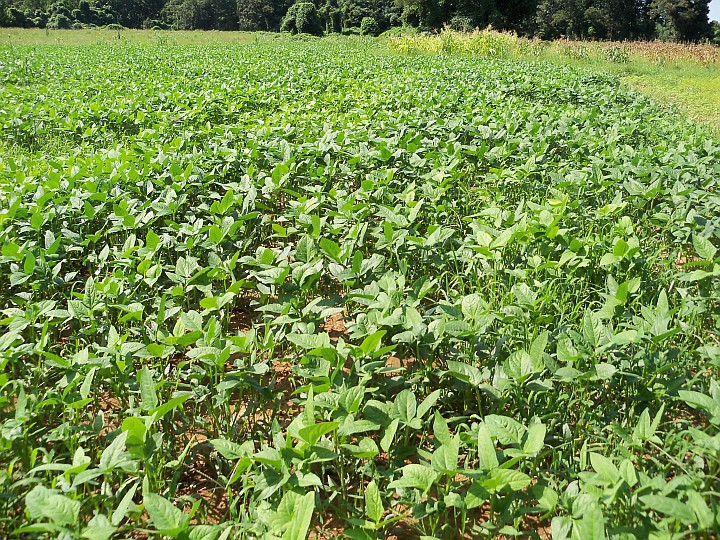One of the most beautiful moments I had on the farm this week was disking in the buckwheat cover crop. Sitting on the tractor, the buckwheat reached my shins and was swaying with clusters of little white flowers. The disk harrowed laid the buckwheat down neatly, leaving a clean swath behind me. It would have been easy to get lost in the loveliness of that moment except that the buckwheat was full of little insects I call sweat bees.
They are pollinators, which makes them good, but they bite or sting (I’m not sure which), which makes them bad. Mean little stinging bites that are disproportionately painful. Soon they were hitting my arms and my face like tiny missiles. As the patch of buckwheat shrank, the bees became more and more concentrated. Continuously switching hands on the wheel, I wiped my arms and neck and head over and over again frantically until the last bug-laden pass, and then the sweat bees moved on.
I frequently mention cover crops in the newsletter, so I thought I would take a paragraph or two to give you a little more information about this aspect of our farming practice. A cover crop is anything grown prior to or in between cash crops. I know that is vague, but it’s because cover crops can do so many things for the soil and the whole agroecosystem.
I am sure you are familiar with the iphone tagline ‘there’s an app for that’. The organic farmer could just as easily say, ‘there’s a cover crop for that’. Does the next crop need a lot of nitrogen? Legumes like cowpeas take nitrogen from the air – with the help of some symbiotic bacteria – and put it into the soil. Is the soil too hard? Root crops like diakon radishes can break up packed soil. Buckwheat scavenges phosphorus and potassium and makes it available to the next crop. Rye will keep small weed seeds from germinating in the following crop. Grasses produce a lot of biomass to feed soil organism and add humus to the soil. Need something blooming in early spring for pollinators? Try mustard. Cover crops add soil fertility, improve soil physical properties, suppress weeds, pests and diseases, and control erosion.
We are really just at the very beginning of learning how to use cover crops effectively on our farm. There are a lot of ways to mess up. Cover crops can become weed problems if allowed to go to seed. They can provide habitat for insect pests and draw beneficial insects away from the crops. They take time, energy and money to grow – resources that could otherwise go towards vegetable crops. But they are an essential part our plan for managing our soil, and we are looking forward to experimenting and learning as we go.
